Discover the World
Holiday Finder
Enquire Now
Our opening hours are:
Monday
– Friday
8am to 6pm
Saturday
9am to 5pm
Sunday
Closed
Call us: 01737 214 250
Discover Our Way


Adventure, Your Way
- First hand knowledge on tap
- Plan your trip with your own travel specialist
- We offer flexibility to suit you
- Feefo Platinum Service Award
Every Trip is an Original
- We'll help you find the right:
- Accommodation style
- Activities
- Ways to travel
- You set the pace
As Standard on Every Trip
- 24/7 in country support and guidance
- Full financial protection
- Travel disruption support
- Our flexibility promise
- View Our Guarantee »

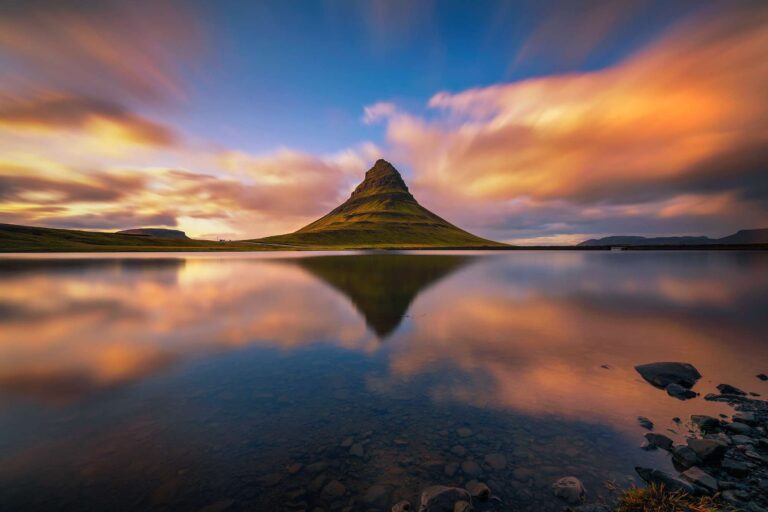





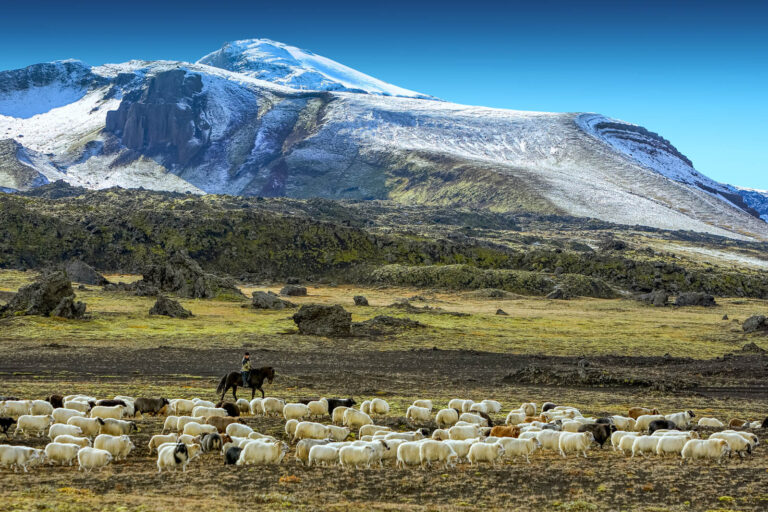
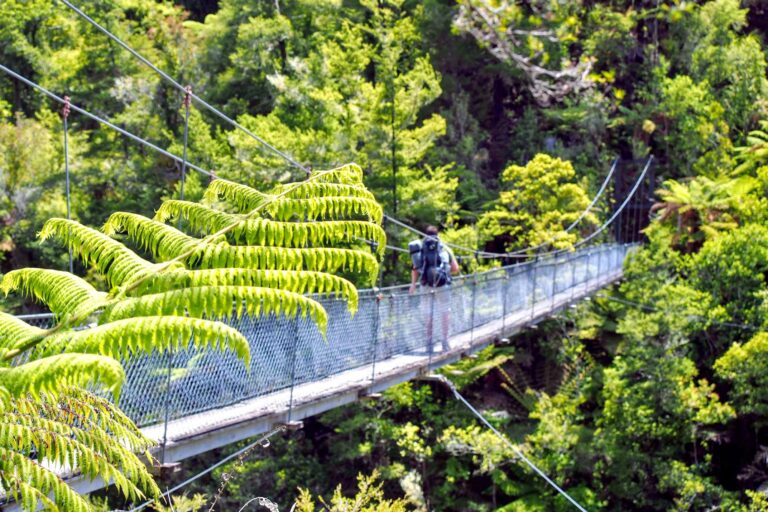
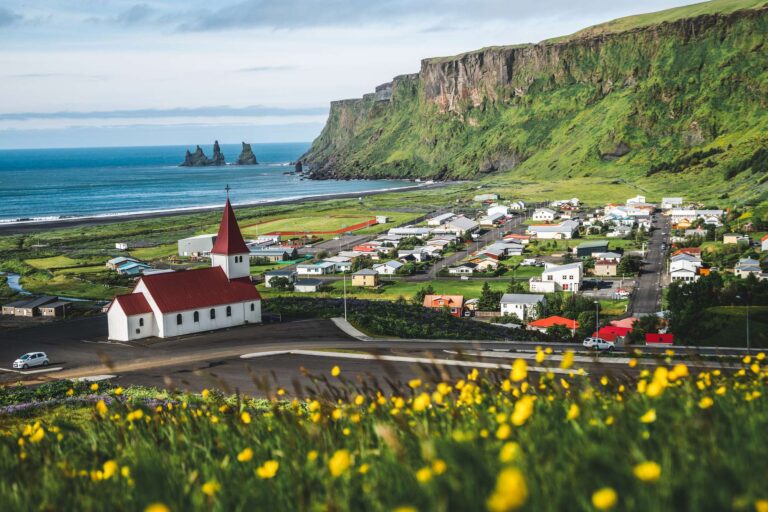
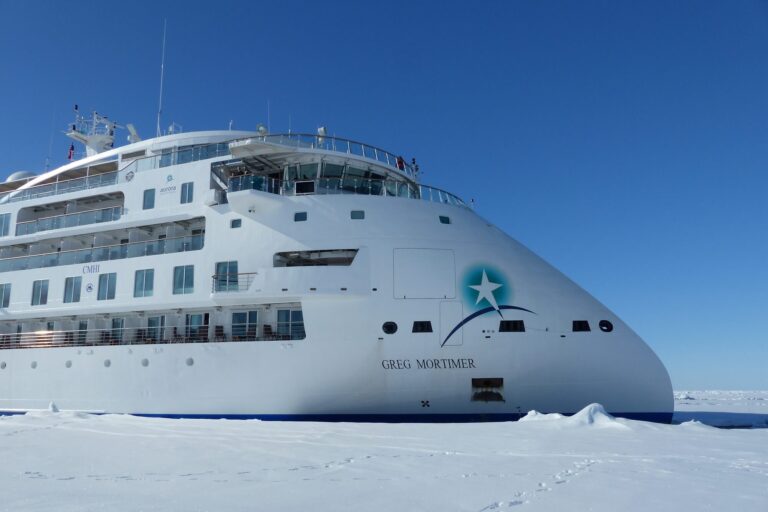

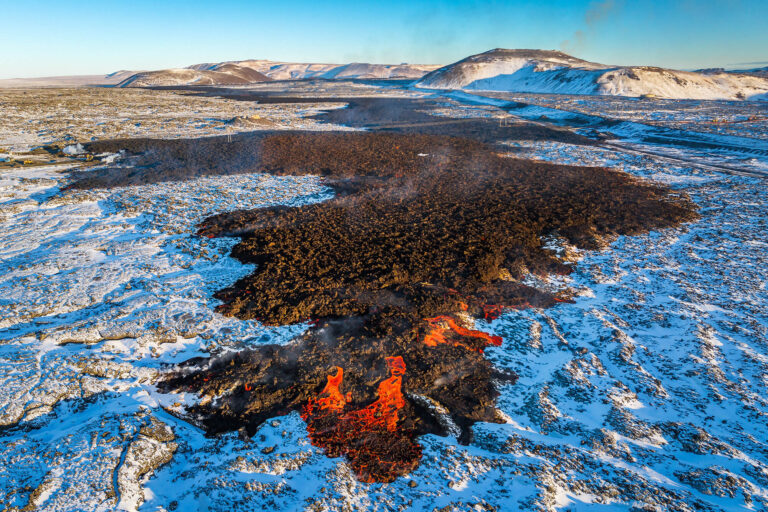
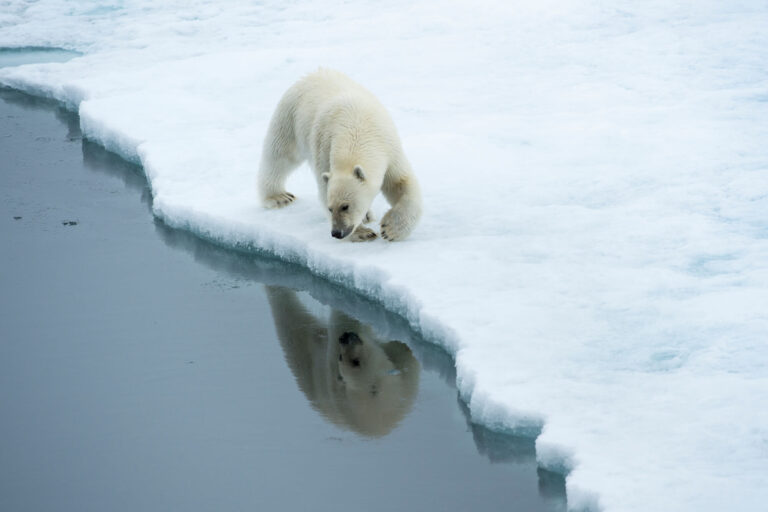
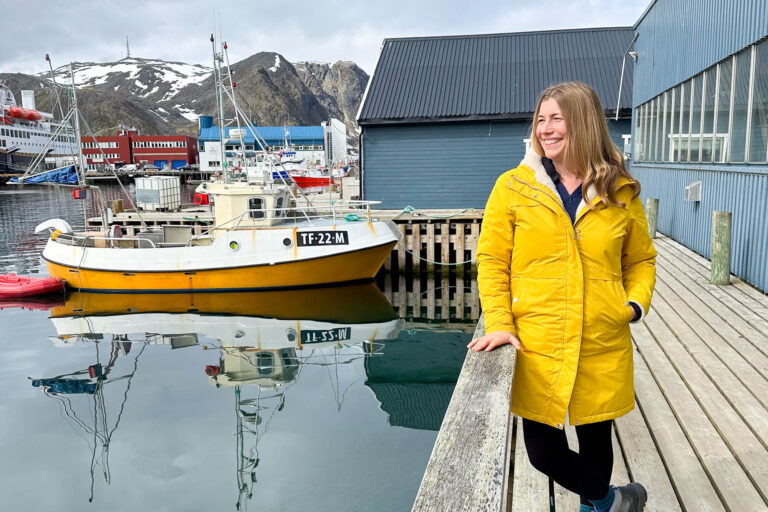
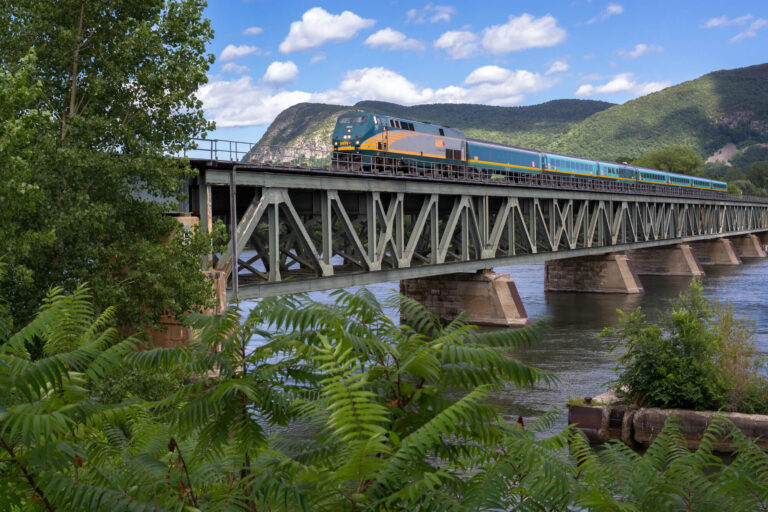
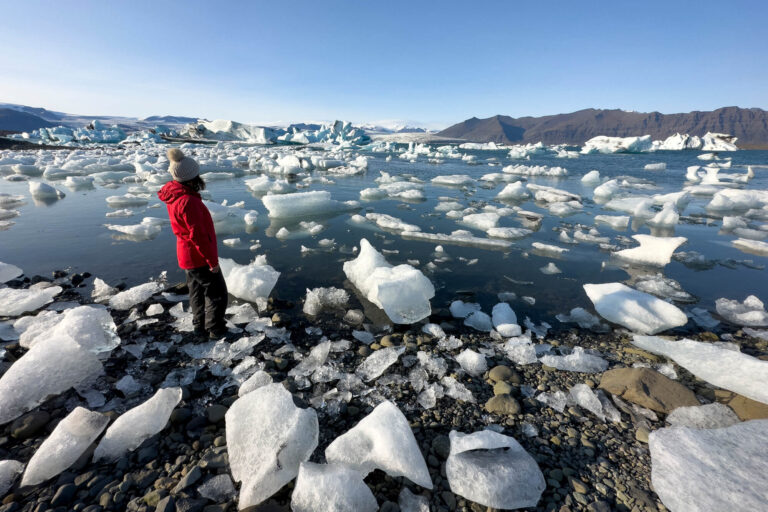
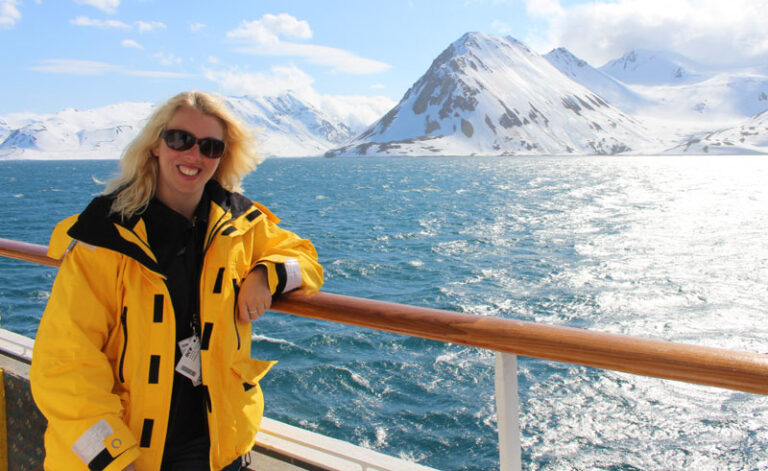
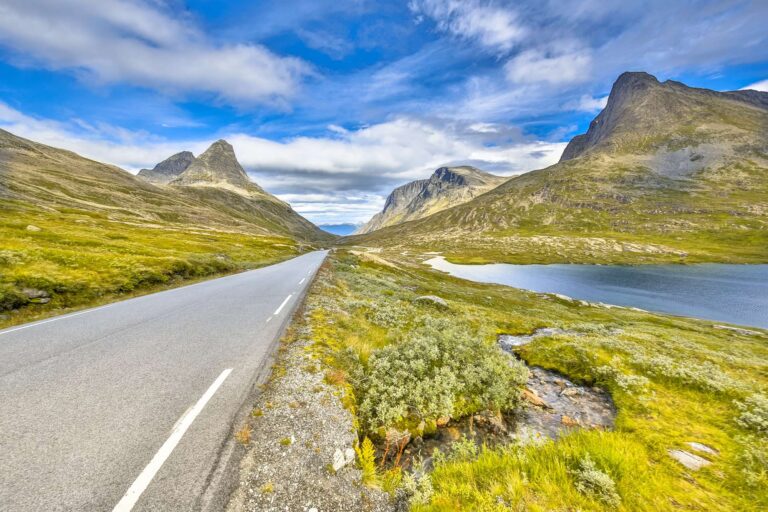
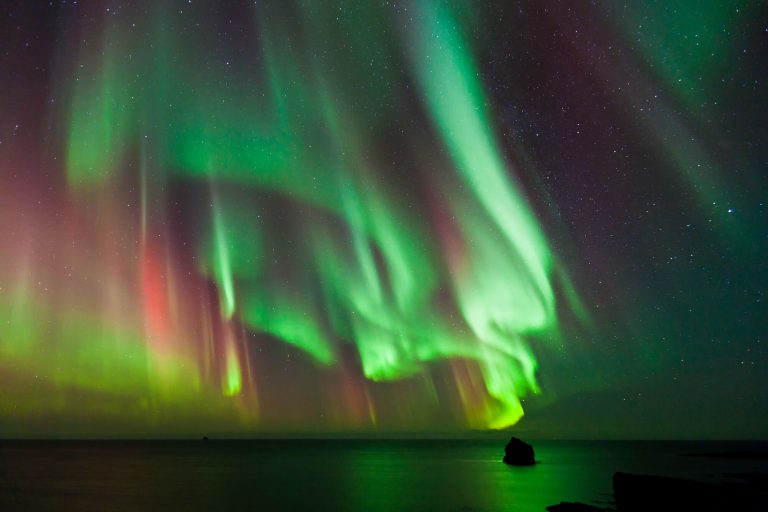

 Instagram
Instagram
 Facebook
Facebook
 YouTube
YouTube